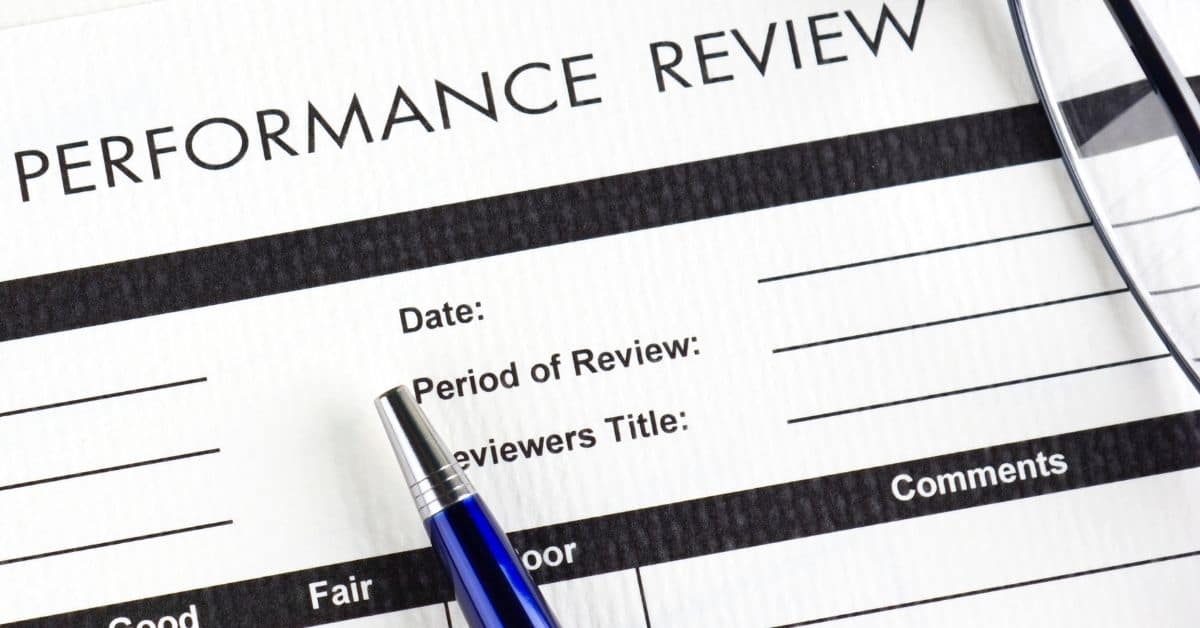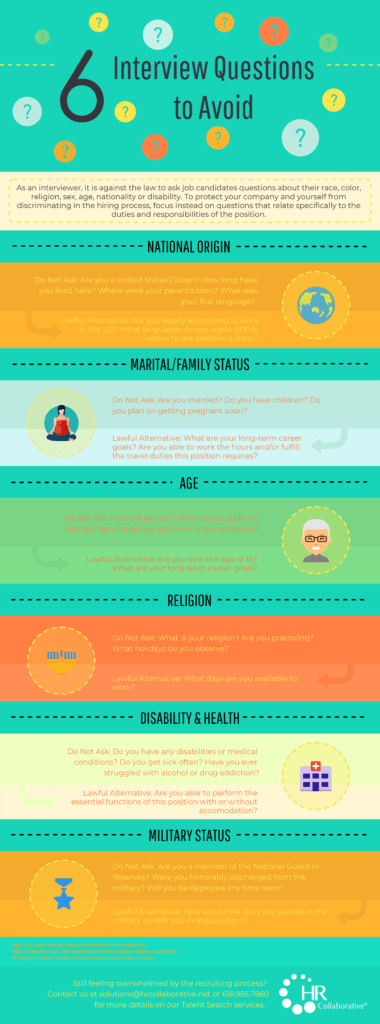3 Keys to Effective Executive Director Performance Reviews

You’re a board member. You get the privilege of advancing a worthy cause, all while ensuring sound ethical, financial and legal governance. No big deal, right?
Except for the fact that your board position isn’t the only thing on your plate. You’re likely balancing multiple boards, family, your primary source of income, and yourself.
Amid the juggle, it can be hard to focus on time-effective ways to fulfill fiduciary responsibilities to your board and organization.
Your highest and best use of time is to make sure you’re holding your Executive Director accountable for their role and developing them in support of a sustainable future for the organization. And performance reviews are a valuable tool for achieving that goal.
But executive director performance reviews can be daunting. It’s just as easy to get lost in the process as it is to write them off as simply another task to check off.
Luckily, by keeping the below considerations in mind, you’ll ensure you get maximum return on your investment in reviewing your executive director’s performance.
1. Maintain transparency
Between the IRS 990, the general public, and external rating agencies — performance is more publically available than ever.
When collecting and delivering feedback to this lynchpin role, it’s critical to employ experts in confidential administration, data analysis, and synthesis.
Not only will this provide confidence in what can be a highly political process, but it also ensures results and feedback are presented in a positive, helpful, and unbiased way.
2. Consider all stakeholders
Too often the review process is an insular discussion between the board and the executive director.
This leaves key constituents, the ones who both fuel the organization and reduce friction for the executive director, on the sidelines.
A comprehensive executive review should consider:
- All board members
- The executive director
- The leadership team of employees
- Selected community leaders (such as major funders, significant customers, and public advocacy partners, especially DEI organizations)
- And of course, all employees and volunteers
3. Move at speed
It’s not uncommon for working boards to take up to five months to complete a comprehensive review process.
But, like for-profit businesses, the non-profit world is full of uncertainty right now. Context can change before feedback can be integrated or insights even shared.
Whether you dedicate this process to a trusted staff member, augment your process with third party experts, or outsource it entirely, it’s essential to target 30-45 days to complete, deliver, and follow up on the review process.
Wrapping Up
Conducting a review isn’t rocket science, but it’s also not a back of the napkin conversation.
By taking some focused time to set up a high transparency, inclusive and quick-moving process, you’ll lower your own stress, as well as increase your executive director’s effectiveness and decrease their time to productivity.
Don’t know where to start? Need experienced support? HR Collaborative has conducted dozens of Executive Reviews for municipal and nonprofit organizations. Contact us to learn more.
Our Most Recent Articles

Employers to Benefit from New Kinexus Group Acquisition of HR Collaborative
The team at Kinexus Group announced today that they have officially acquired HR Collaborative, a west Michigan-based, women-led community of fractional HR professionals, to meet unmet demand and to serve more employers than ever before.































































































